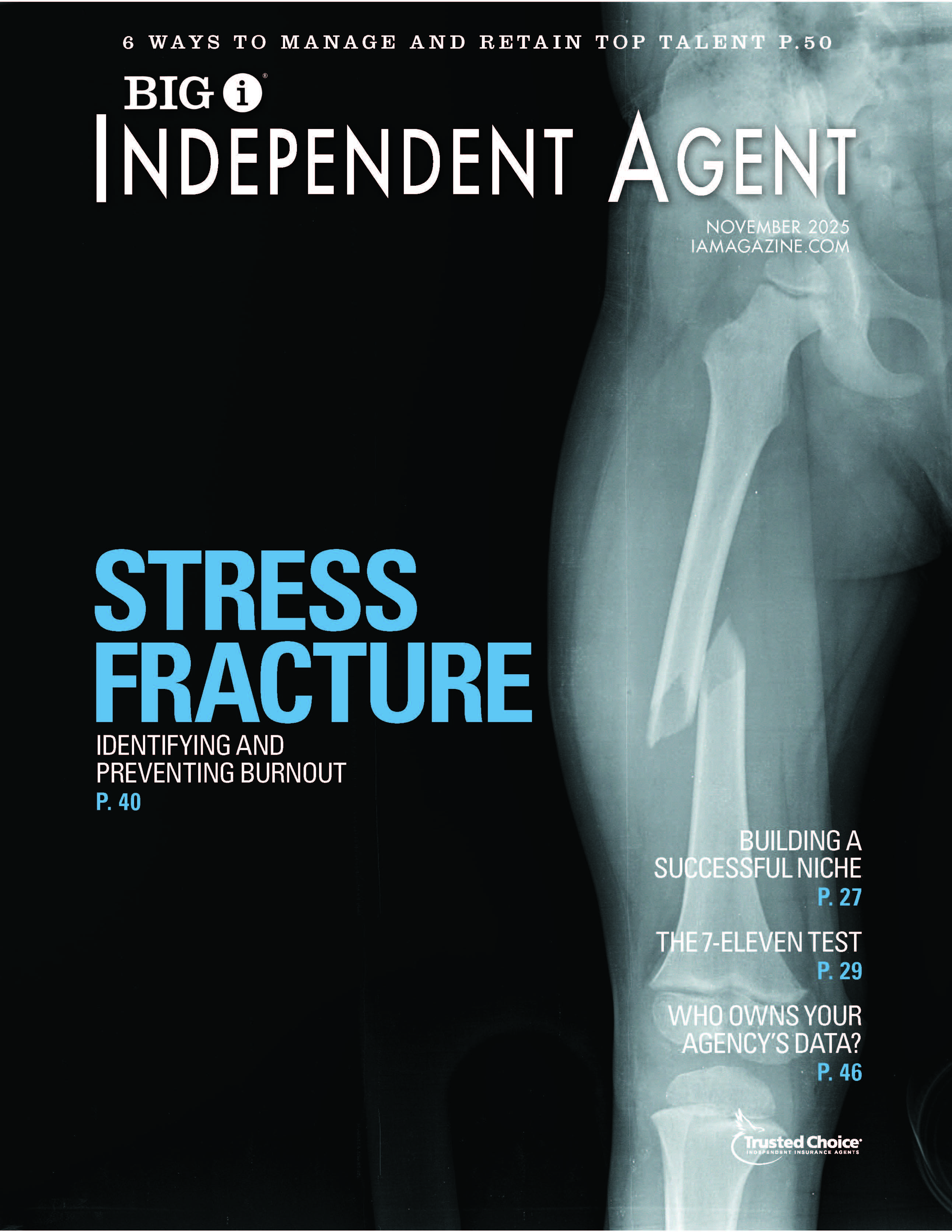Responding to Millennial Workplace Preferences

By: William Harwood
As of April 2016, the number of millennials living on the planet exceeded all other generations.
Meanwhile, the exit of the employed boomer generation is receding quickly in the rearview mirror. That means most independent agencies’ 2017 workforce will contain a very different mix of skills, work preferences and career expectations compared to just four years ago.
Millennials bring a new sense of constant connectivity to their professional pursuits thanks to the “always on” mentality of extremely active networks and constant interaction with peers, associates, newsfeeds, blogs and information. As this new connectivity has become more normal and not limited to those under 30, our way of working, interacting and generating productivity has fundamentally shifted.
How should organizations respond? As younger employees seek greater involvement in their workplaces, managers must recognize the need to engage more deeply in their staffs’ perspectives. As one agency principal said recently, “We’d agreed to a plan on Monday, but so much new information emerged that the original plan was totally out of date by Wednesday.”
Another agency executive recently commented that her team created new, streamlined workflows as a result of closer, hands-on involvement from supervisors. Since many employee surveys note problems like “being overwhelmed” and inefficient workflows, staff members often welcome any simplification and register it as collaborative engagement.
Successful organizations also deploy self-directed learning and career development resources to feed their millennial employees’ desire for constant job-related creativity and purpose. Employee-centric training is the answer to the 24/7-connected employee’s appetite for frequent, short-burst, on-demand learning.
For Generation Y, effective learning and development tools are critical elements of engagement and can lead to increased workplace productivity, as well as better, faster responses to clients and higher retention of professional talent.
William Harwood is co-founder and managing partner of New Level Partners, LLC, a Princeton, New Jersey-based learning solutions provider focused on the insurance industry.
Engaging ElementsCurrent research on the workforce cites “employee retention and engagement” as the No. 1 concern for companies, with more than 50% identifying the concern as “urgent.” Here are the top five critical elements of workplace engagement: 1) Active and involved managers that prioritize listening 2) Meaningful work and objectives 3) Positive work environment, including flexibility 4) Visible opportunities for growth 5) Trust in organizational leadership —W.H. |










